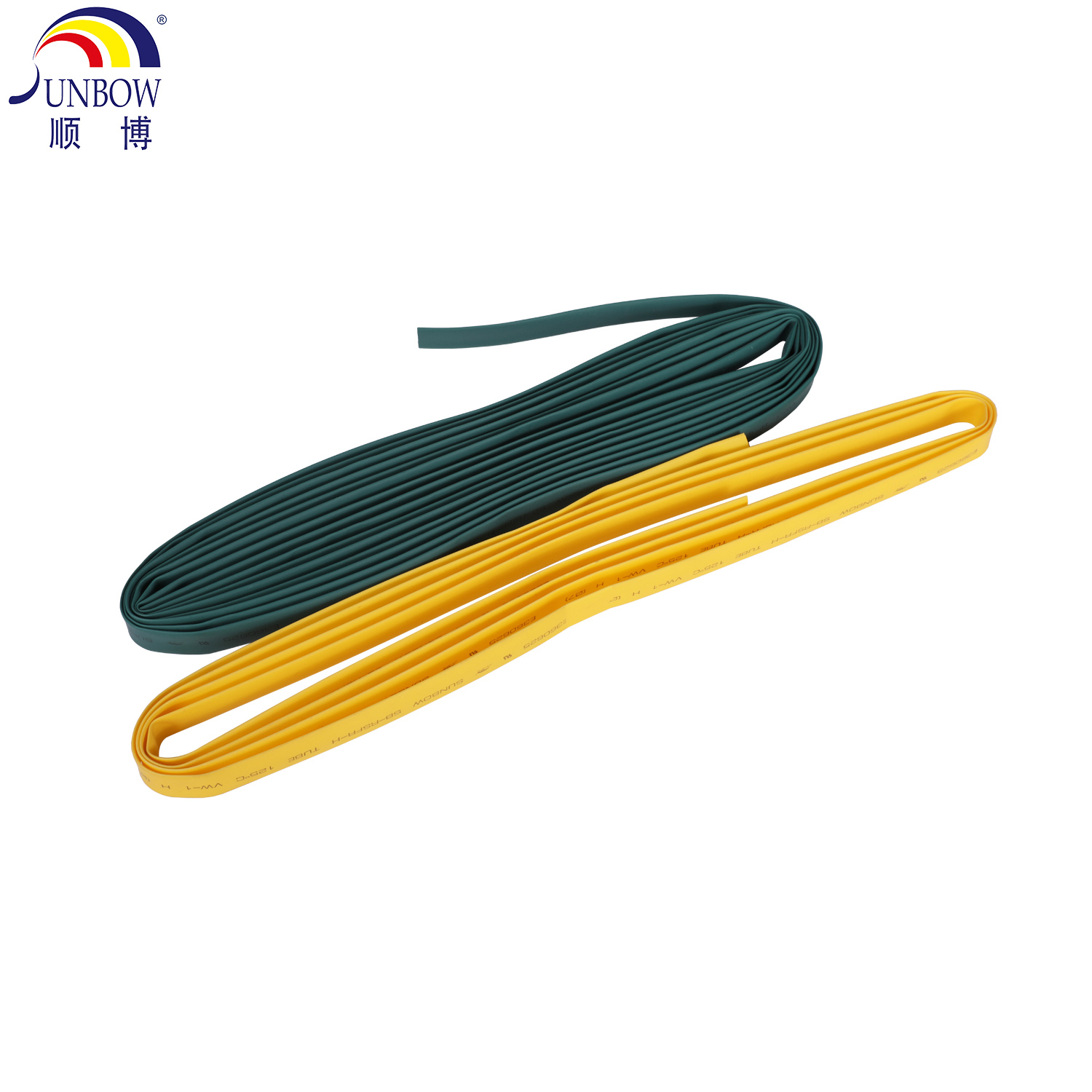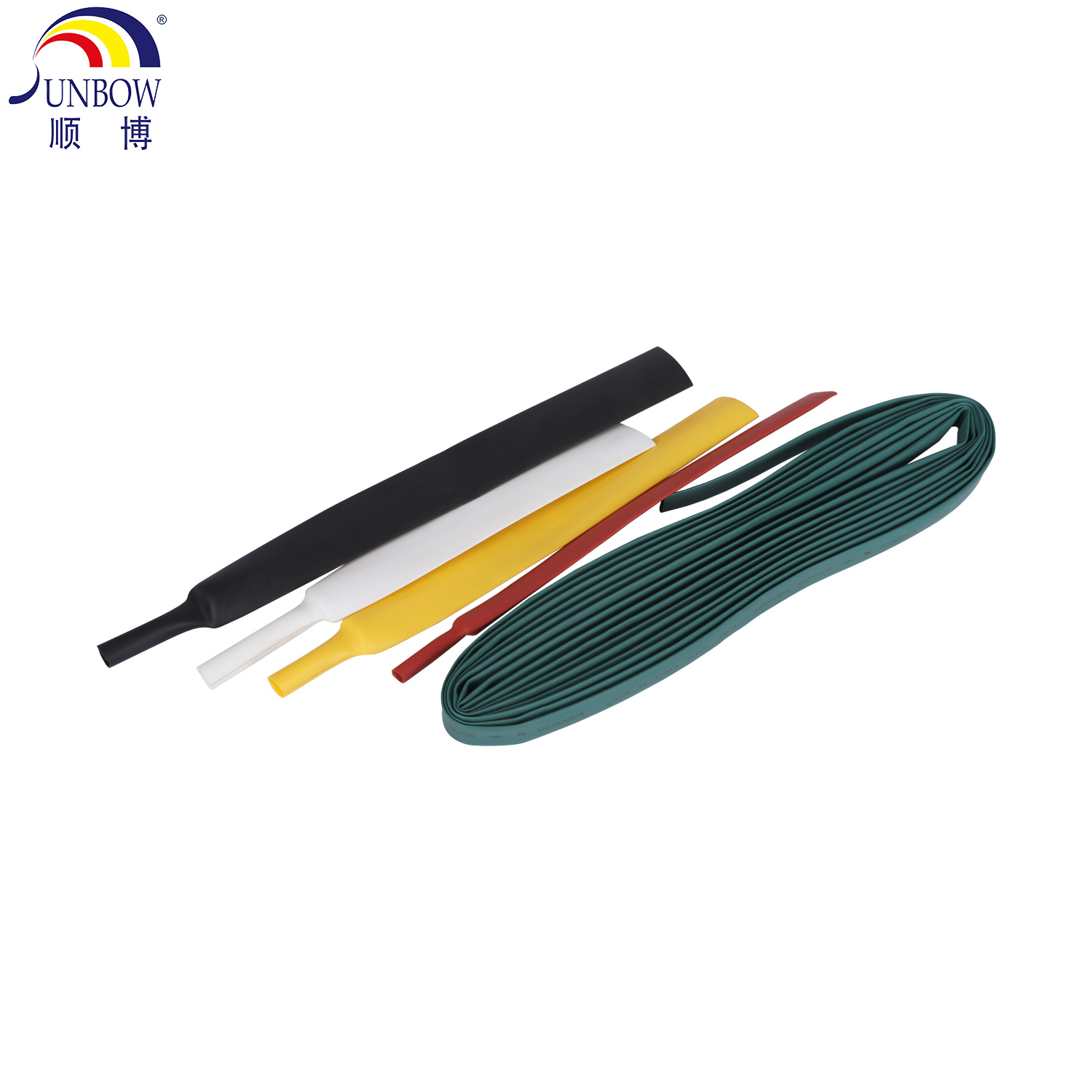
Electricity is a powerful force that can be both beneficial and dangerous. While it powers our homes, businesses, and industries, it can also cause serious injury or even death if not handled properly. One of the most important safety measures when working with electricity is insulation. Insulation is the process of covering or surrounding a conductor with a non-conductive material to prevent the flow of electricity. In this article, we will explore the different types of insulation used to protect against electric shock.
The human body is a conductor of electricity, which means that it can conduct electricity if it comes into contact with a live wire or other source of electrical current. When this happens, the electricity can flow through the body, causing injury or even death. The severity of the injury depends on the amount of current, the duration of the shock, and the path the current takes through the body.
To prevent electric shock, it is important to use insulation to protect against the flow of electricity. There are several types of insulation used in electrical systems, each with its own unique properties and applications.
1. Rubber
Rubber is one of the most common materials used for electrical insulation. It is a good insulator because it is a non-conductive material that can withstand high temperatures and is resistant to chemicals and oils. Rubber is often used to insulate wires and cables, as well as electrical equipment such as motors and transformers.
2. PVC
PVC, or polyvinyl chloride, is another common material used for electrical insulation. It is a thermoplastic material that is lightweight, flexible, and easy to work with. PVC is often used to insulate wires and cables, as well as electrical conduit and fittings.
3. Fiberglass
Fiberglass is a type of insulation made from fine glass fibers. It is a good insulator because it is non-conductive, lightweight, and resistant to heat and chemicals. Fiberglass is often used to insulate electrical equipment such as motors and transformers, as well as pipes and ductwork.
4. Ceramic
Ceramic is a type of insulation made from clay and other minerals. It is a good insulator because it is non-conductive, heat-resistant, and can withstand high temperatures. Ceramic is often used to insulate electrical equipment such as heating elements and high-voltage power lines.
5. Mica
Mica is a type of insulation made from a mineral that is heat-resistant and non-conductive. It is often used to insulate electrical equipment such as motors and transformers, as well as high-voltage power lines.
6. Teflon
Teflon is a type of insulation made from a synthetic material called polytetrafluoroethylene (PTFE). It is a good insulator because it is non-conductive, heat-resistant, and resistant to chemicals and oils. Teflon is often used to insulate wires and cables, as well as electrical equipment such as motors and transformers.
7. Silicone
Silicone is a type of insulation made from a synthetic material called silicone rubber. It is a good insulator because it is non-conductive, heat-resistant, and resistant to chemicals and oils. Silicone is often used to insulate wires and cables, as well as electrical equipment such as motors and transformers.
In addition to these materials, there are also several types of coatings and tapes that can be used for electrical insulation. These include epoxy coatings, polyurethane coatings, and electrical tape. These materials are often used to provide additional protection to wires and cables, as well as to repair damaged insulation.
When working with electricity, it is important to choose the right type of insulation for the job. The type of insulation used will depend on the voltage and current of the electrical system, as well as the environment in which it will be used. It is also important to ensure that the insulation is installed correctly and is in good condition, as damaged or improperly installed insulation can lead to electric shock.
In conclusion, insulation is a critical component of electrical safety. It is important to choose the right type of insulation for the job and to ensure that it is installed correctly and in good condition. By taking these precautions, we can protect ourselves and others from the dangers of electric shock.





